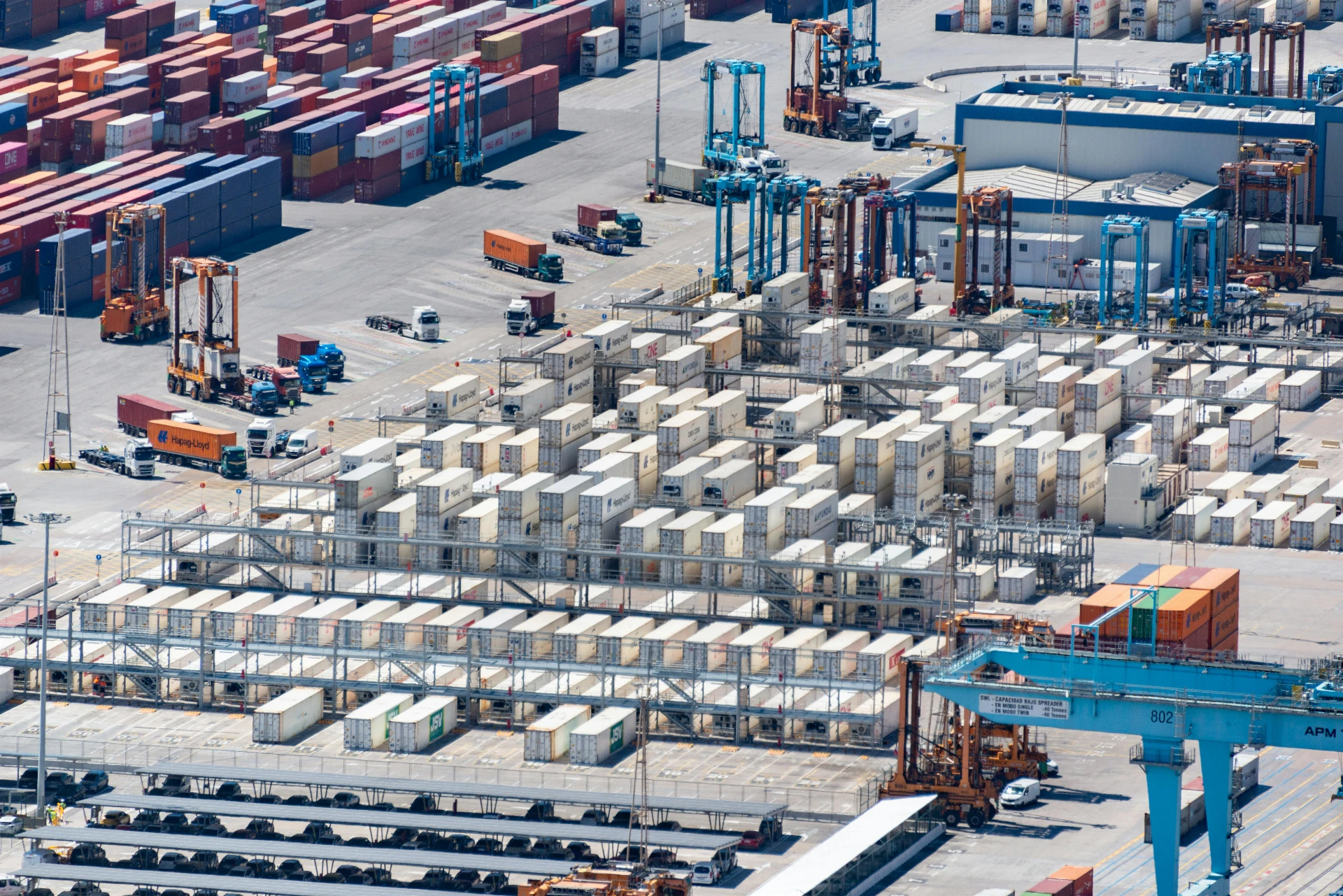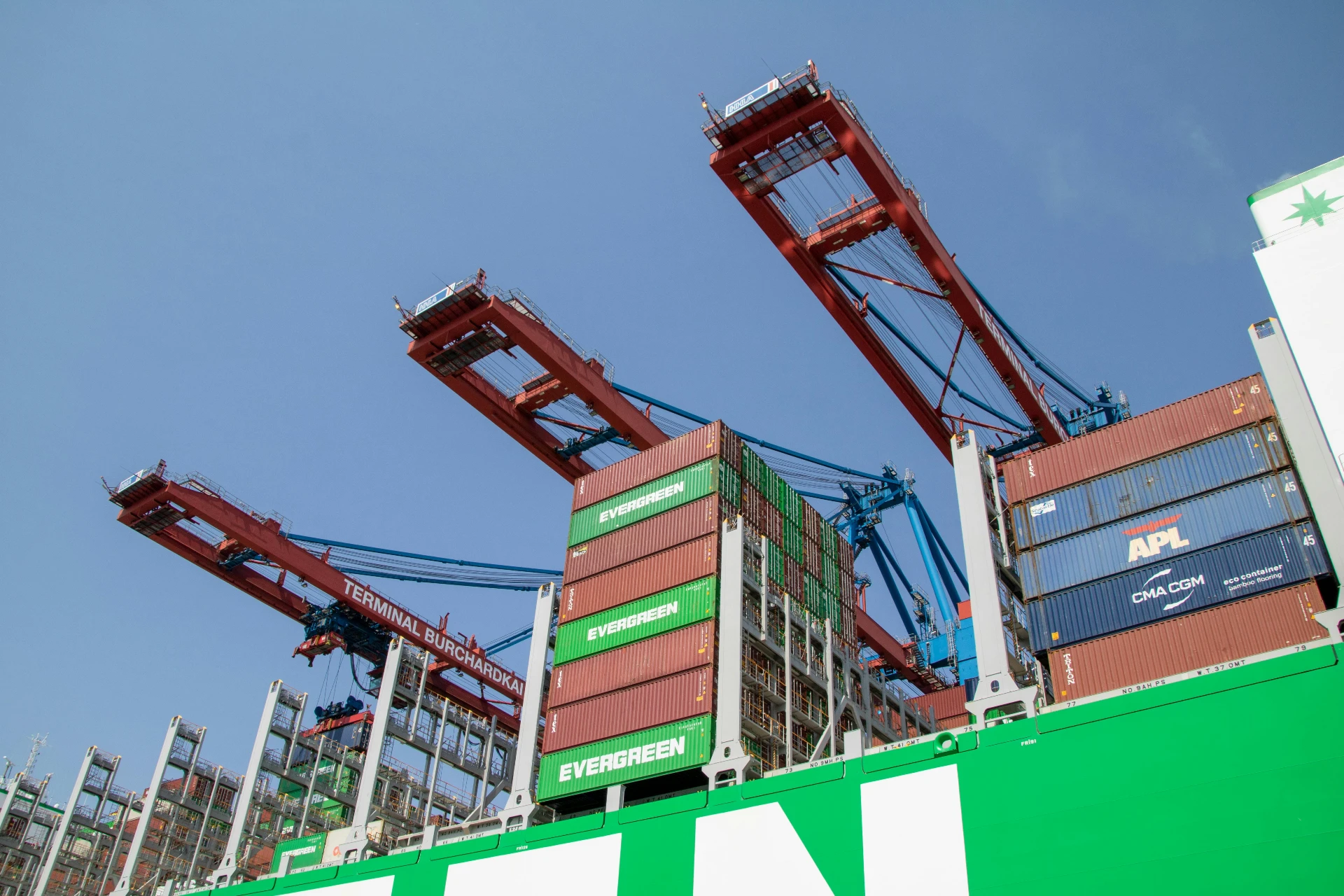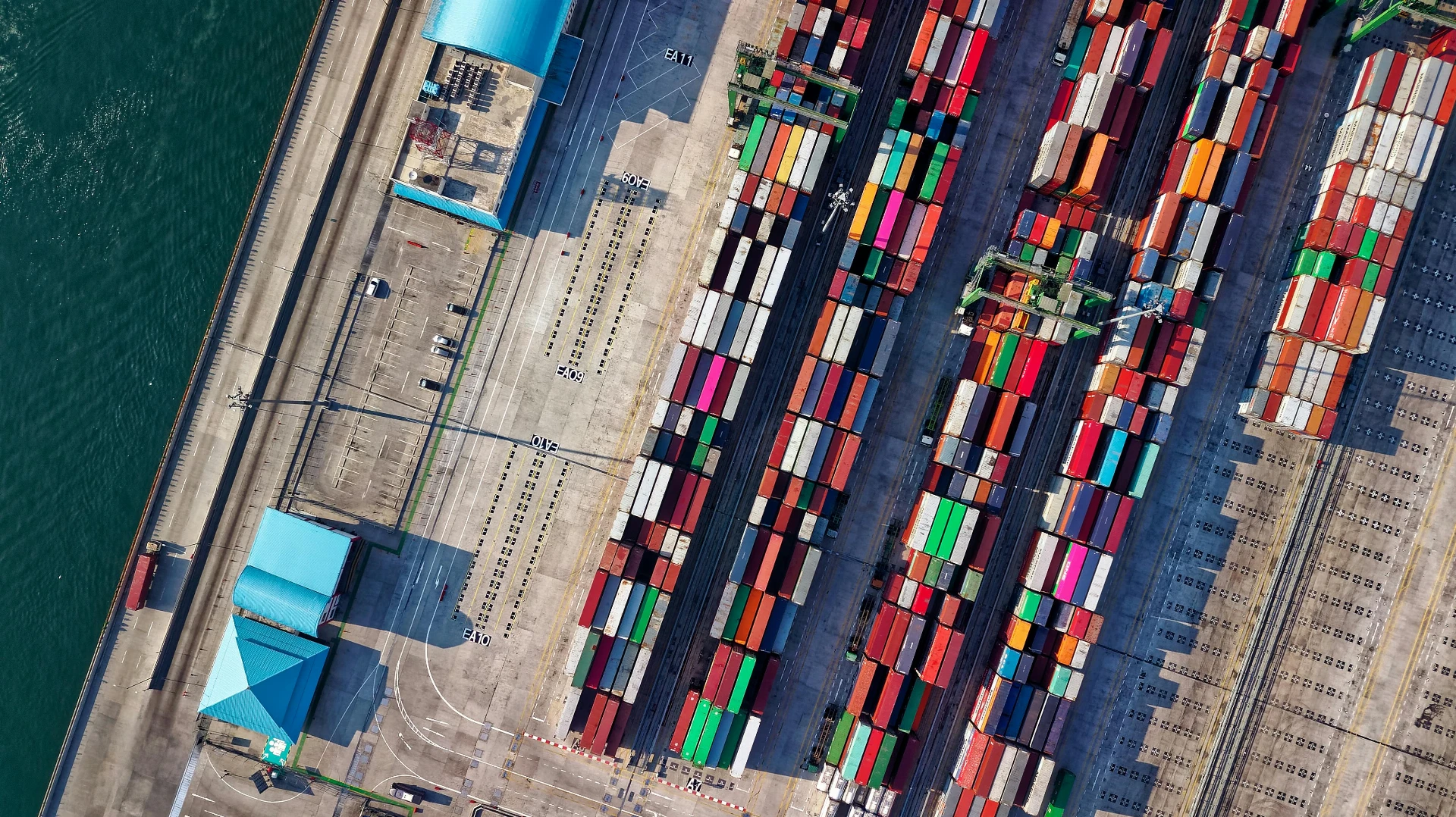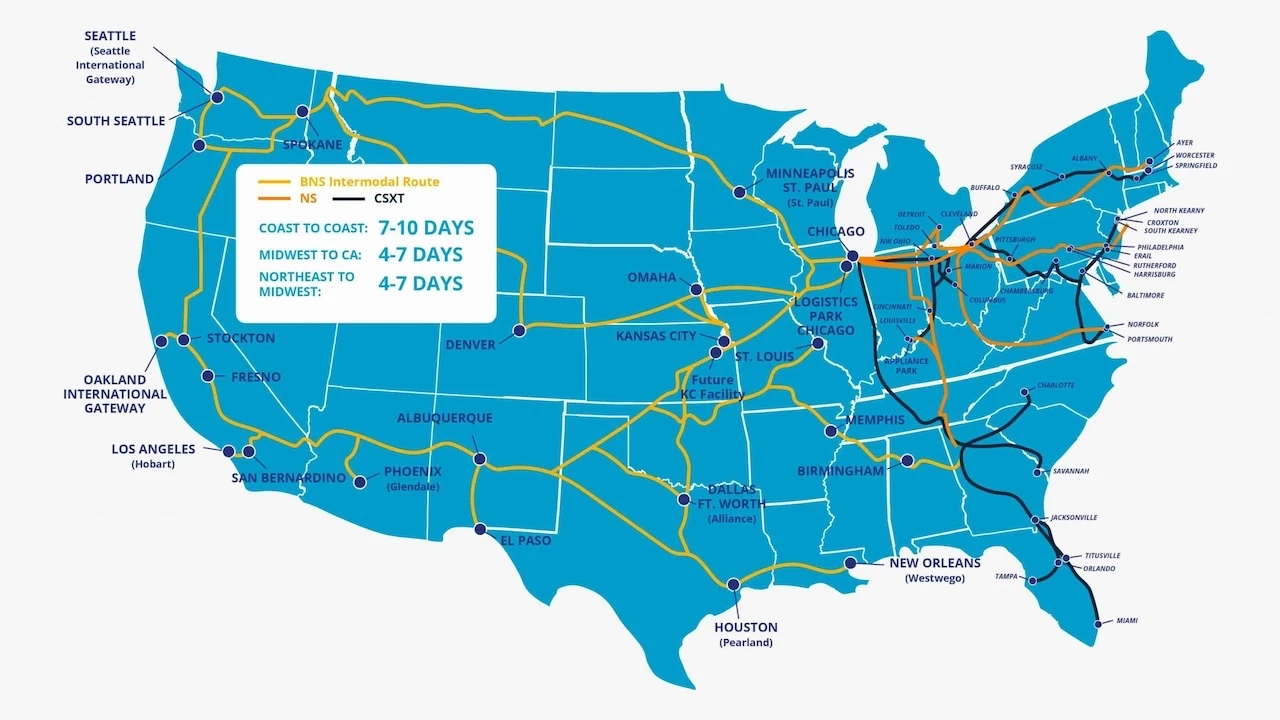Freight Right offers one of the largest intermodal drayage provider networks in the United States, with a vast network covering major port marine terminals and intermodal rail facilities. With over 8,000 power units and interchange agreements with all major steamship lines and railroads, we provide seamless drayage solutions for importers, exporters, freight forwarders, NVOCCs, and customs brokers.







Intermodal freight is moved in 53’ trucks as well as in 20’, 40’ and 45’ ocean containers.

Intermodal freight is much less volatile than over the road trucking.

Precise tracking from rail carriers every step of the way.

Like ocean shipments, containers can be dropped for loading over hours or days.

Our dispatchers will handle all involved carriers.

Minimize your carbon footprint with one of the most fuel efficient modes of transport.

We specialize in transloading to alleviate congestion at ports and rail terminals, mitigate demurrage fees, and support consignees with limited storage capacity. Our team efficiently handles overweight, hazardous, and reefer containers with expert precision.

With service at most major ports and rail hubs, Freight Right ensures smooth container movements across the country. Our network includes acres of secure yard space and warehouse facilities, strategically positioned near key logistics points to reduce transit times and costs.

Freight Right maintains interchange agreements with all major steamship lines and railroads, ensuring fast and hassle-free container movements. We hold certifications and experience handling a variety of specialized drayage freight, making us a trusted partner for businesses nationwide.
Drayage is a short-haul means of transportation with a 200-mile transit radius, it moves the container to and from the rail terminal or shipping port. Working with an experienced company ensures that all drayage capabilities are fully leveraged. Freight Right offers you access to a nationwide drayage network with:
Coverage at all ports and ramps
Bonded, quality carriers anywhere you need them
Dry and temperature-controlled capabilities
Warehousing and transloading contacts near every major port
Extensive nationwide network of UIIA and TWIC certified carriers
Book a call today with our team to discuss how Freight Right can help with your intermodal needs.
Intermodal transportation is the movement of freight using multiple modes of transport—such as trucks, trains, and ships—without handling the cargo itself when changing modes. This method improves efficiency, reduces costs, and minimizes cargo handling, leading to fewer damages and faster transit times.
Intermodal trucking, also known as drayage, refers to the short-haul movement of intermodal containers between ports, rail terminals, and distribution centers. It is a critical component of intermodal transportation, ensuring smooth transitions between different transport modes.
An intermodal container is a standardized steel container designed for freight transport across multiple modes—ships, trains, and trucks—without being unloaded or repacked. These containers come in various sizes, with 20-foot and 40-foot units being the most common. They are built to withstand handling across different transport environments.
Intermodal transport uses multiple modes of transportation while keeping the same container throughout the journey, reducing handling and transit risks. Multimodal transport also involves multiple modes but typically requires transferring cargo between different containers or units. Intermodal offers greater flexibility, while multimodal is often managed under a single contract for streamlined logistics
Intermodal freight and over-the-road trucking (OTR) each offer advantages that bring down the cost to ship. Rail freight is generally less expensive and is more likely to carry heavier freight, while intermodal is slightly slower, thus a better option of transporting goods that are not rushed.
A truck will pick up an empty trailer or a container and will deliver it to the shipper for loading;
Once loaded, it will be delivered to the railyard where it will be loaded onto railcars;
These are ultimately shipped out and the train leaves the origin;
Once the train arrives at the destination, the trailer is taken off the car and lowered onto a chassis;
Then another carrier at the destination picks up the trailer and delivers it to the receiver for unloading. This maneuvering is primarily why rail is slightly slower than over-the-road trucking.

Rail transit times vary depending on port and railyard congestion, and other transport conditions. However, they tend to move more rapidly than trucks when it rains or snows. Here’s an idea of transit times:
